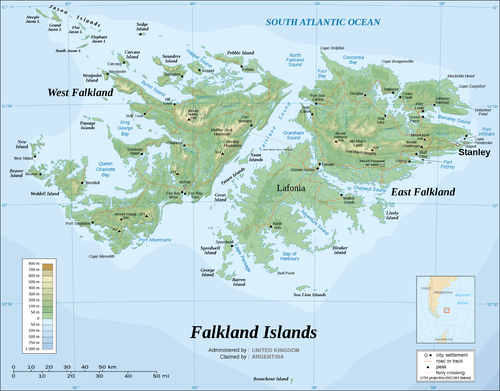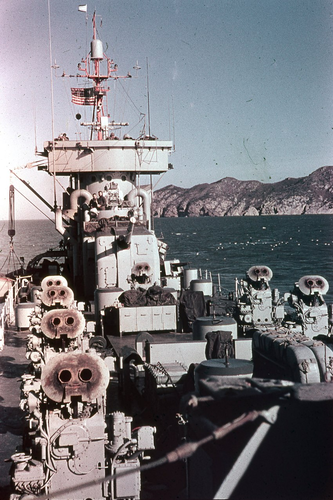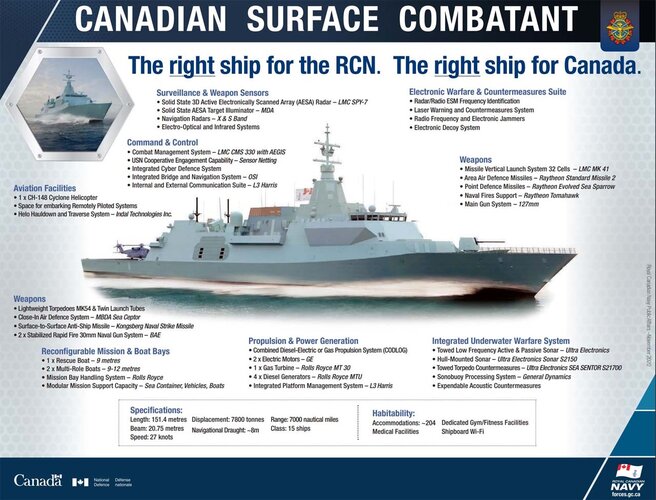No fundamental reason it couldn't be. But there might be some unique issues. For example, I'm not sure if the removal of the deluge system in Mk 57 is from better design or just the peripheral installation where a restrained firing is not as much of a concern.
The problem with Mk 57 is that it's inherently inefficient for legacy missiles. It's not big enough to handle multiple 21-inch canisters in a cell (or even to easily put two legacy weapons in a new canister). So unless and until new large-caliber weapons are widely fielded, each Mk 57 canister eats up something around 30% more volume for the same actual loadout. So, there are a couple of options:
- Go even bigger, develop a launcher that can hold four 21-inch canisters in the same way that ExCLS takes 10-inchers (quadpacked but individual). Very hard because of how this exposes the legacy canisters to the launch efflux from other missiles multiple times. Plus, that's a huge launcher and probably ends up being inefficient in the other direction; it's unlikely that future weapons will max out a 42-inch "supercanister" any time soon.
- Mix smaller and larger cells in the ship. Fit some number of "oversized" (Mk 57 or equivalent) for future weapons like hypersonic strike weapons, advanced TBMD missiles, etc. and keep a significant number of 21-inch cells* to efficiently carry legacy weapons. Deciding on just what that mix looks like is an interesting question for wargaming. But I have a hard time believing you would need more than a third of your total load as oversized rounds.
- Totally rethink the approach to vertical launching. Switch to something like Concentric Canister launchers, which make it much easier to mix and swap sizes of launch tube without a major refit. This has some serious logistical challenges, however, because it means you need two totally distinct sets of legacy munitions -- one in the Mk 41-compatible canisters and one in CCL units. Plus, it costs a bunch to fully develop CCL for each legacy weapon.
* Whether that is a Mk 41 or a new design is another question. Ideally, you would want to at least redesign the Mk 41 electronics for commonality. Ideally, there are other improvements in Mk 57 you might want to adopt, like the elimination of water deluge.













